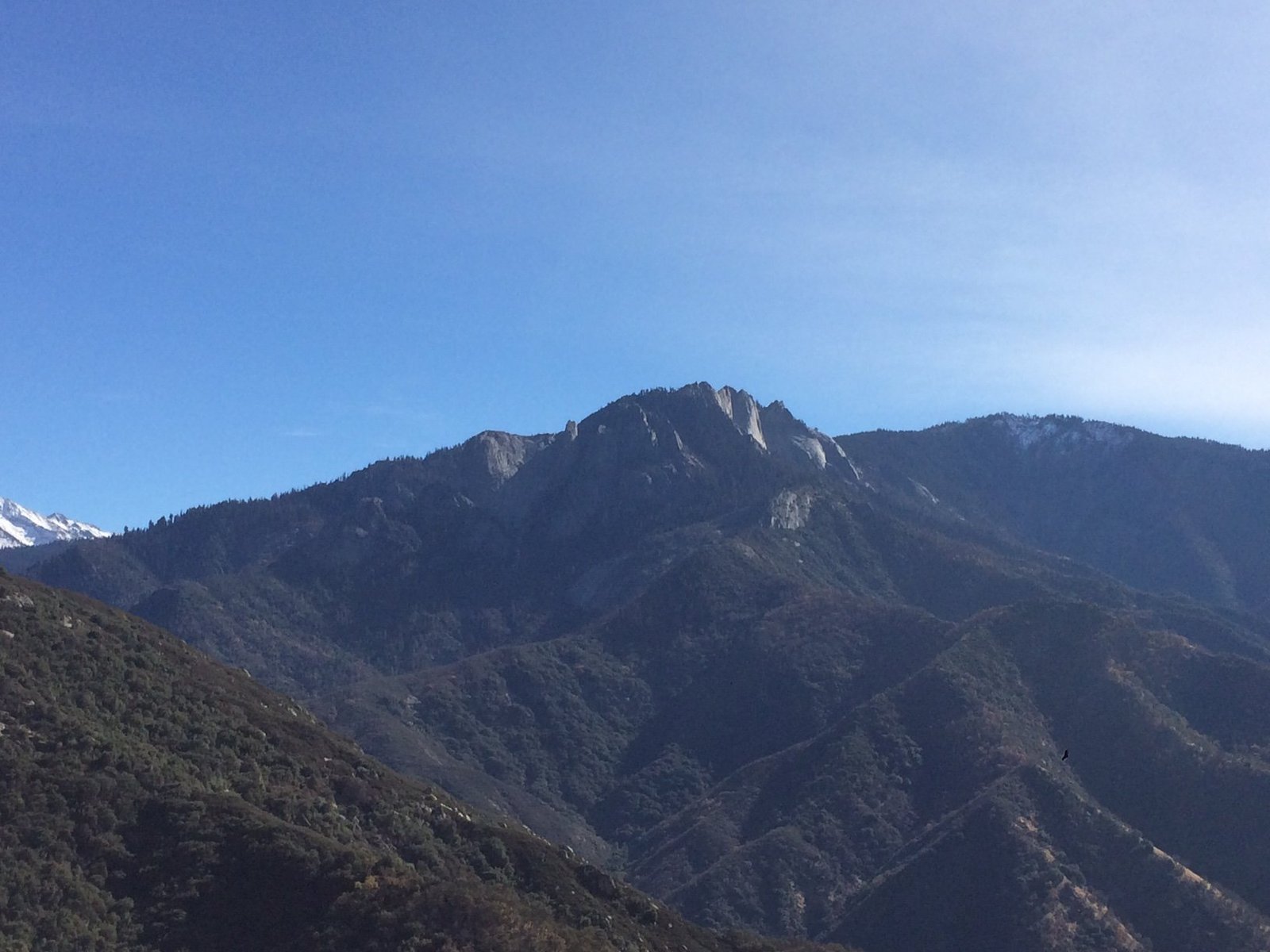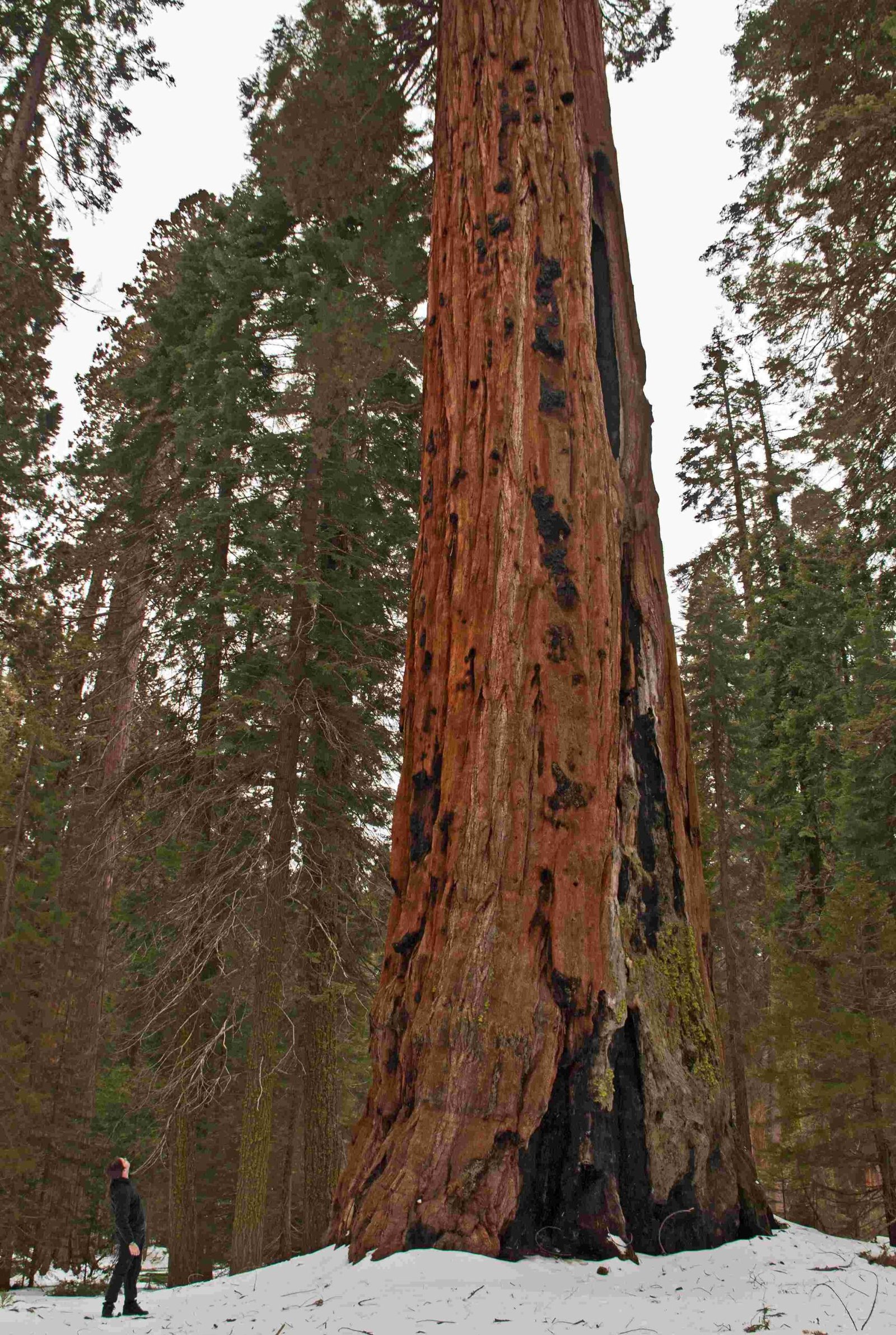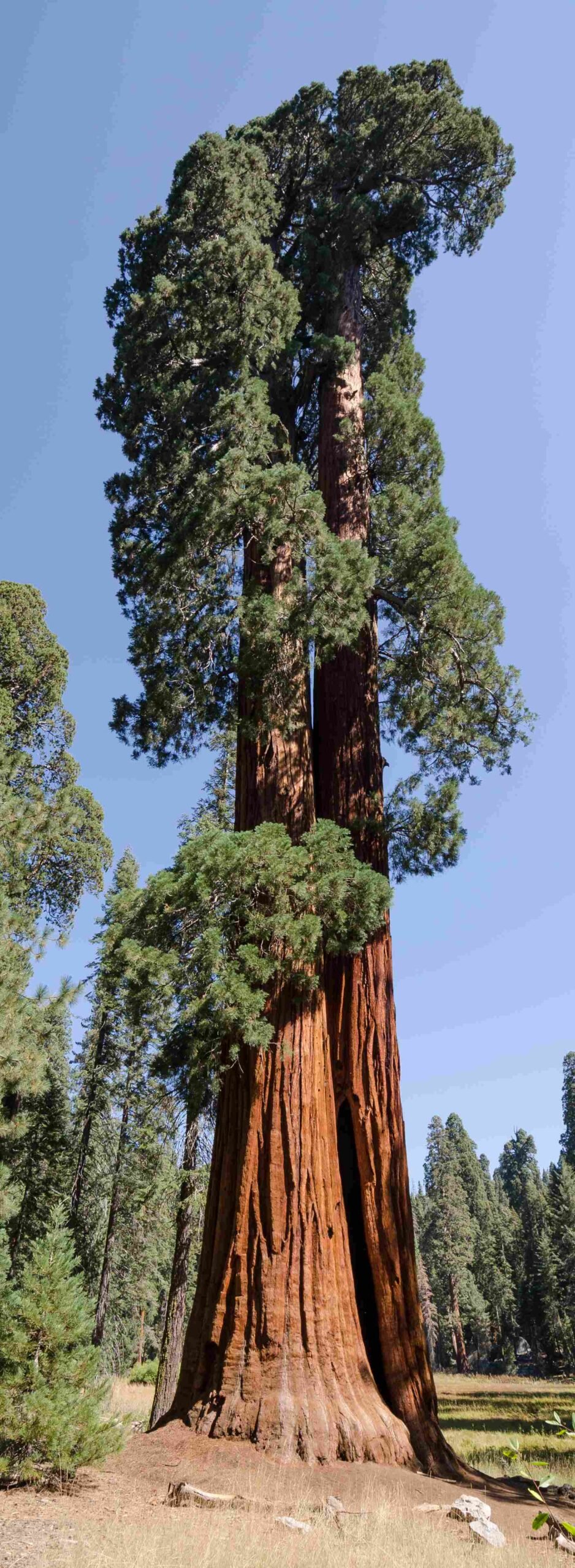Sawtooth Peak in Sequoia National Park is a challenging 11.5-mile round trip hike with an elevation gain of 4,543 feet. Located in the Mineral King area, this trail offers stunning views of the Sierra Nevada range. The peak stands at 12,343 feet, making it a formidable but rewarding climb for experienced hikers. With its diverse terrain and breathtaking vistas, Sawtooth Peak is a must-visit destination for outdoor enthusiasts exploring Sequoia National Park.
What is the Trail Length and Difficulty Level?

The Sawtooth Peak trail is an 11.5-mile round trip hike rated as difficult. Here are the key details:
- Starting elevation: 7,800 feet (2,400 m)
- Peak elevation: 12,343 feet (3,762 m)
- Elevation gain: 4,543 feet (1,384 m)
- Estimated hiking time: 9 hours
The trail begins at the end of Mineral King Road in a parking lot/staging area. Hikers should be prepared for a strenuous journey with steep inclines and challenging terrain.
What Are the Notable Landmarks Along the Trail?

As you make your way to Sawtooth Peak, you’ll encounter several notable landmarks:
- Mineral King Valley: The starting point of the hike, near the Ranger Station.
- Monarch Lakes: A scenic area with steep, erosion-prone sections.
- Sawtooth Pass: A critical waypoint at approximately 11,000 feet (3,400 m) elevation.
- Northwest Slope of Sawtooth Peak: The final ascent involving loose gravel and steep switchbacks.
Each of these landmarks offers unique challenges and stunning views of the surrounding landscape.
How Does Sawtooth Peak Compare to Other Peaks in the Area?
While Sawtooth Peak is an impressive mountain, it’s not the highest in the Mineral King region of Sequoia National Park. Here’s a comparison:
| Peak Name | Elevation |
|---|---|
| Sawtooth Peak | 12,343 feet (3,762 m) |
| Needham Mountain | 12,540 feet (3,822 m) |
Despite not being the tallest, Sawtooth Peak offers a unique hiking experience with its distinctive geological features and panoramic views.
What Are the Key Geological Features of Sawtooth Peak?
Sawtooth Peak and its surrounding area are characterized by:
- Alpine climate
- Orographic lift causing significant rain and snowfall
- Granite sand terrain, especially prominent on the trail to Sawtooth Pass
- Steep switchbacks in the final ascent
These features contribute to the challenging nature of the hike and the diverse ecosystems encountered along the trail.
When is the Best Time to Visit Sawtooth Peak?
The ideal time to hike Sawtooth Peak is from May to October. Here’s a breakdown of seasonal conditions:
- Spring (May-June):
- Snowmelt begins
- Wildflowers start to bloom
-
Trail may still have snow in higher elevations
-
Summer (July-August):
- Warmest weather
- Potential for afternoon thunderstorms
-
Busiest time on the trail
-
Fall (September-October):
- Cooler temperatures
- Fewer crowds
- Potential for early snow at higher elevations
For a balance of good weather and fewer crowds, consider visiting in late spring or early fall.
What Permits and Regulations Should Hikers Be Aware Of?
When planning your hike to Sawtooth Peak, keep these regulations in mind:
- Day Use: No permit required for day hikes.
- Overnight Stays: Wilderness permit required for backpacking and camping.
- Bear Canisters: Required for overnight trips to store food and scented items.
- Leave No Trace: Practice Leave No Trace principles to preserve the natural environment.
- Campfires: Restrictions may apply depending on the season and fire danger level.
Always check with the Sequoia National Park website or visitor center for the most up-to-date information on permits and regulations.
How Should Hikers Prepare for the Sawtooth Peak Trail?
Proper preparation is crucial for a safe and enjoyable hike to Sawtooth Peak. Consider the following:
- Physical Fitness: Train for steep inclines and high altitude.
- Gear: Bring appropriate hiking boots, layers, and trekking poles.
- Water: Carry plenty of water and a filtration system for refills.
- Navigation: Bring a map and compass, and know how to use them.
- First Aid: Pack a comprehensive first aid kit.
- Food: Bring high-energy snacks and meals for the long hike.
- Sun Protection: Use sunscreen, hat, and sunglasses due to high altitude exposure.
What Wildlife Might Hikers Encounter on the Trail?
The diverse ecosystems along the Sawtooth Peak trail support various wildlife:
- Marmots
- Pikas
- Mule deer
- Black bears (from a distance)
- Various bird species, including Clark’s nutcrackers and golden eagles
Remember to observe wildlife from a safe distance and never feed animals in the park.
How Can Hikers Practice Responsible Tourism at Sawtooth Peak?
To preserve the natural beauty of Sawtooth Peak and Sequoia National Park:
- Stay on designated trails to prevent erosion.
- Pack out all trash, including biodegradable items.
- Respect wildlife and maintain a safe distance.
- Use established campsites if backpacking.
- Be mindful of noise levels to preserve the wilderness experience for others.
- Follow all park regulations and guidelines.
By practicing responsible tourism, we can ensure that Sawtooth Peak remains a pristine destination for future generations of hikers and nature enthusiasts.
References:
1. Sawtooth Peak – Wikipedia
2. Sawtooth Peak via Sawtooth Pass and Monarch Lakes Trail – AllTrails
3. Sawtooth Peak : Climbing, Hiking & Mountaineering : SummitPost

